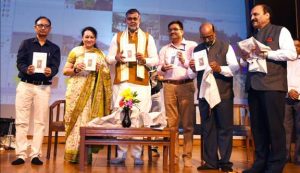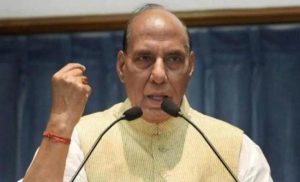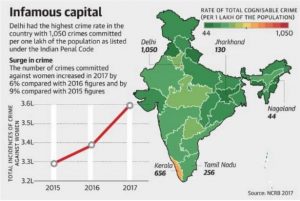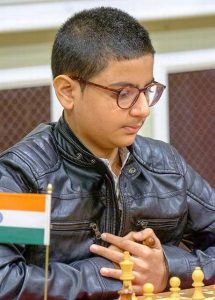VisionIAS
06:24
SSC CGL 2019 Notification PDF Download
IMPORTANT DATES:
- Dates for submission of online applications: 22-10-2019 to 25-11-2019
- Dates of Tier-I Examination (CBE): 02-03-2020 to 11-03-2020
- Dates of Tier-II (CBE) and Tier-III (Des.) Examinations: 22-06-2020 to 25-06-2020
Age Limit:
The age limit will be reckoned as on 1st January 2020:
Educational Qualifications as on 1st January 2020:
Note: Final year candidates are eligible provided they produce Certificate of Graduation in original as proof of having acquired the minimum educational qualification on or before the 1st January, 2020, failing which the candidature of such candidates will be cancelled by the Commission.
Application Fee & Mode of Payment:
(i) Fee payable: Rs. 100/- (Rupees One Hundred only).
(ii) Women / PH / SC / ST candidates are exempted.
- The fee can be paid through SBI Challan/ SBI Net Banking or by using Visa, Mastercard or Maestro Credit or Debit card.
There have been No Changes in the Examination Pattern
The Examination will be conducted in four tiers as indicated below:
- Tier -I - Computer Based Examination
- Tier -II - Computer Based Examination
- Tier -III - Pen and Paper Mode (Descriptive paper)
- Tier-IV - Computer Proficiency Test/ Skill Test (wherever applicable)/ Document Verification
The Commission reserves the right to make changes in the scheme of examination
Scheme of Tier-I, Tier-II and Tier-III Examinations:
The merit will be prepared on overall performance in Tier-I, Tier-II and Tier-III. However, the candidate will need to qualify all the tiers i.e Tier-I, Tier-II and Tier-III separately. There will be no sectional cut-off.
The Commission will have full discretion to fix separate minimum qualifying marks in each of the papers in Tier II and in the aggregate of all the papers separately for each category of candidates (viz. SC/ST/OBC /PH/Ex-S/General (UR)
Tier IV (Skill Test): For the post of Tax Assistants (Central Excise & Income Tax): Data Entry Speed Test (DEST) at 8,000 (eight thousand) Key Depression per hour on Computer:
The “Data Entry Speed Test” Skill Test will be conducted for a passage of about 2000 (two thousand) key depressions for a duration of 15 (fifteen) minutes. This test will be of qualifying nature.
SSC CGL 2018 Syllabus: Same as previous years
Physical standards for the post of Inspector (Central Excise/ Examiner/ Preventive Officer), Inspector & Sub-Inspector in CBN:
Physical standards for the Post of Sub- Inspector in Central Bureau of Investigation:
Resolution of Tie Cases:
(i) Total marks of Tier-II Examination.
(ii) Total marks in Tier-III Examination.
(iii) Date of birth, with older candidate placed higher.
(iv) Alphabetical order in which the first names of the candidates appear.
(ii) Total marks in Tier-III Examination.
(iii) Date of birth, with older candidate placed higher.
(iv) Alphabetical order in which the first names of the candidates appear.
for more detailed information please download SSC CGL 2019 Notification PDF
Click here to Download SSC CGL 2019 Notification PDF DownloadClick Here to Check SSC CGL Syllabus 2019




























